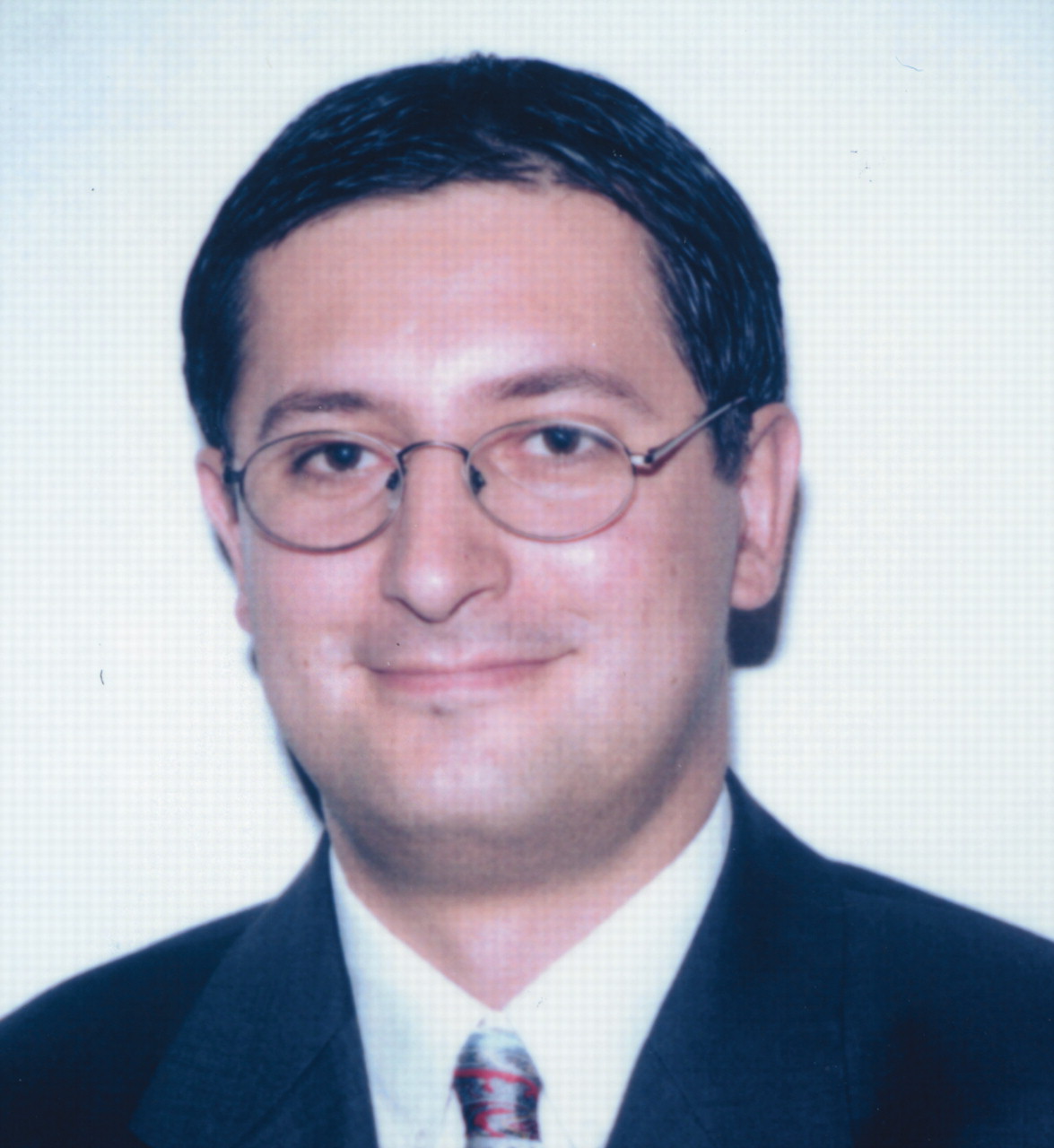The Residents’ Committee of the New York County District Branch and the Residency Training Program in Psychiatry at St. Luke’s-Roosevelt Hospital Center demonstrated the power of collaboration between APA’s newest members at the district branch level and a training institution. The two groups recently partnered to create a program to prepare residents for the transition from residency into practice.
More than 100 trainees from hospitals throughout the New York area and beyond gathered at the Roosevelt Hospital in Manhattan on an October evening. Some came from as far away as Ohio and Washington, D.C.
The first speaker was Patrick Molloy from Molloy and Co. Management and Planning Consultants. Molloy touched upon the advantages and disadvantages of different career paths, such as solo private practice, group private practice, employment within a hospital, independent contracting with hospitals, and academic positions. He delineated the specific steps involved in pursuing each choice and their relative importance, and shared pointers for evaluating an employment contract.
The speaker also addressed items that many early career psychiatrists often neglect in their rush to establish a career: malpractice insurance, disability insurance, and certain fringe benefits. Among the tips he shared was that it is important to know whether potential employers will provide a guaranteed income as opposed to an income dependent on collections. Also, it’s a good idea to meet as many people as you can when you interview for a job; many times they provide the most useful hints about “real life” in the new place. Some questions to ask: What is the patient population? What is the average caseload? How many sites will you need to cover? What kind of liability insurance will you have—claims made or occurrence? Is there a restrictive covenant in the contract? One of the greatest dangers of a restrictive covenant is that it could eventually prevent you from working in the area where you wish to practice. One possible alternative is to join the practice with a grace period of three to six months before the restrictive covenant is enforced. This arrangement enables you to get to know the group and still have choices before the restrictive covenant takes effect.
Andrew Koerner, first vice president of investments for Salomon Smith Barney’s Senior Consulting Group Associates, motivated the residents to start thinking about investment planning and calculating their financial status and goals in the first five years after residency. While some early career psychiatrists are debt free, others are facing debts approaching $250,000. Regardless of debt status, however, Koerner advised that residents consider their risk style: Do they want to take an aggressive approach to maximize the benefits with a higher calculated risk or a more moderate approach to reduce the risk and increase the likelihood of obtaining at least moderate benefits?
Carl Shusterman, an attorney and certified specialist in immigration and nationality law, was the biggest attraction for many residents in the audience. Many psychiatry residents in the New York area—30 percent to 40 percent according to some reports—are international medical graduates (IMGs). They need information on how to handle the issues specific to their immigration status while in the United States. In the post–September 11 climate, changes in the rules and regulations of the Immigration and Naturalization Service are sometimes hard to keep up with, but Shusterman’s Web site at www.shusterman.com and an e-newsletter that goes to thousands of subscribers are very helpful. Among the topics he covered were J-1 visa waivers, H1-B visas, RIR labor certifications, and National Interest waivers.
When the speakers concluded their presentations, the residents had an opportunity to ask questions. The length of this part of the evening proved the program’s value—it lasted about 90 minutes and could have gone on longer: A small crowd followed one of the speakers to his limousine to throw a few more questions at him.
What have we learned from this educational experience? First of all, we have confirmed a hypothesis. While residents are eager to attend seminars on clinical topics, they also have a great need for programs on practical issues, such as launching a career after residency.
The reason that this program had an excellent attendance could be because it represented a “change in gears” in terms of topic. While residents get outstanding clinical training during their residency, few of us get direct and top-flight professional advice on how to handle the practical aspects of life after residency. There could be a considerable difference between the safe, protected environment that many training facilities offer and the free-market world that follows. Based on our experience at this Annual Speakers’ Night, we encourage other district branches and residency programs throughout the country to fill this educational gap by offering similar events to their trainees.
One final note: the New York County District Branch is sponsoring a workshop on the same topic as this column—“Transition Into the Post-Residency Period”—at APA’s 2003 annual meeting in San Francisco. We hope you will attend—it will be a good reason to attend the next annual meeting and just one of many sessions planned specifically for psychiatry residents.
If you would like advice on how to organize a program for residents transitioning out of training, please contact me by e-mail at
[email protected]. ▪

